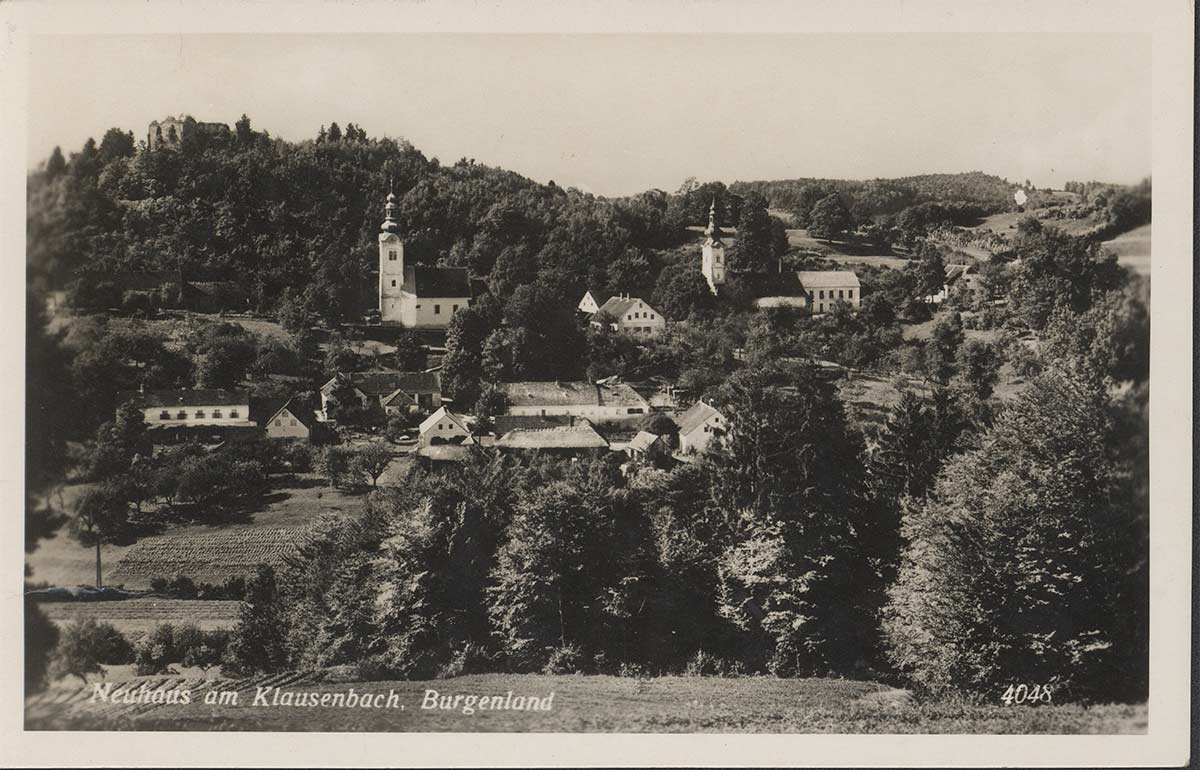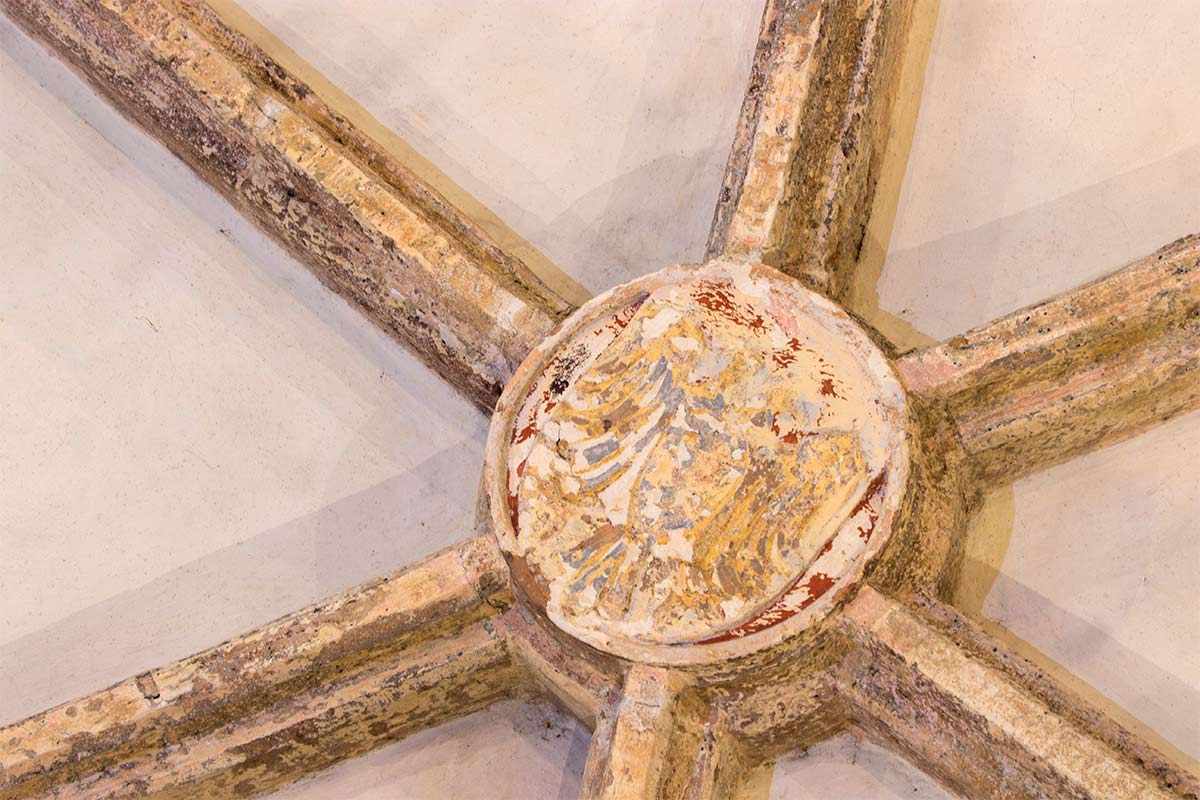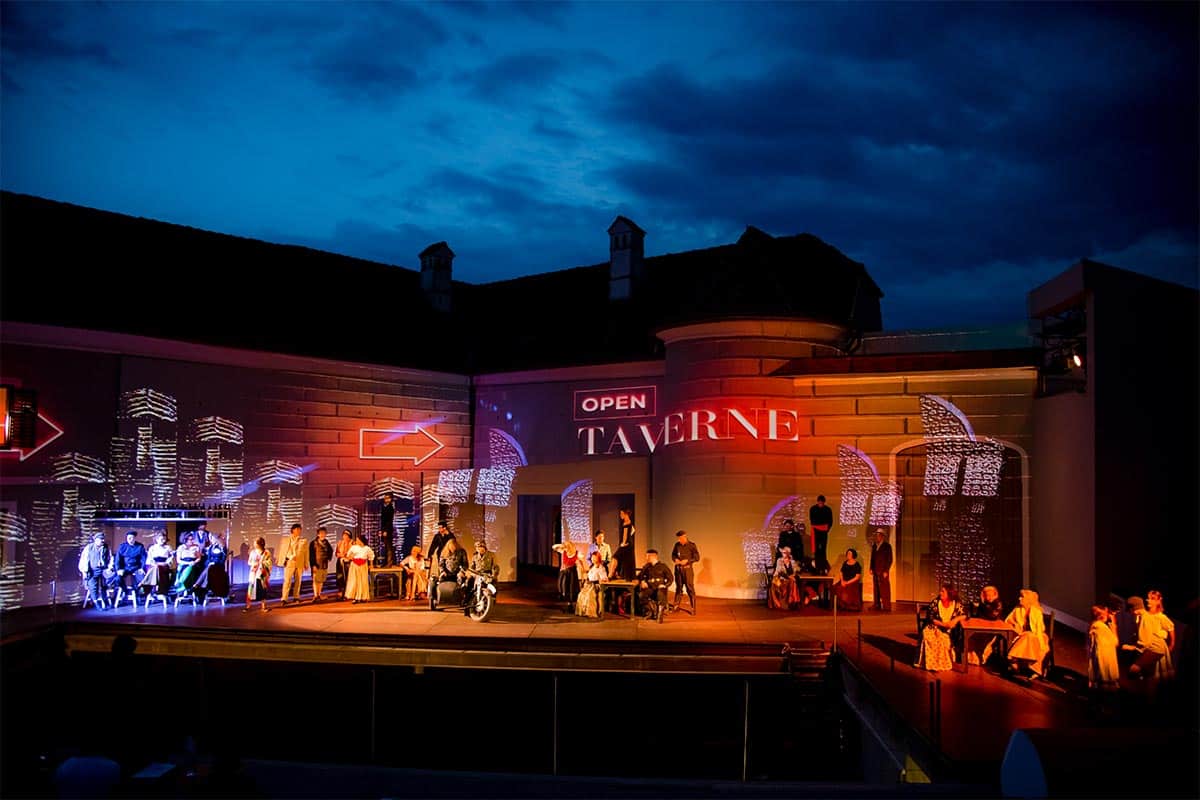Castle Tabor
A castle with tradition and modernity
The manor Tabor, as the castle was also called, got its baroque appearance in 17th century. The medieval predecessor was the large castle Dobra, in German Neuhaus, near Klausenbach, which was the seat of homonymous estate.
Castles Dobra (Neuhaus) and Tabor timeline
Dobra, Neuhaus, Vasdobra/Tabor
1213
In 1213 Terram de Dobra mentioned for the first time.1271
In 1271 castle Dobra was owned by the Geregye family.1387
The estate and castle came 1387 in property of the Széchy family.1469
The castle Dobra has been partially destroyed in an attack in 1469, which is also the begin of the Tabor fortress.1535
Stephan III. Széchy died in 1535 with no male descendants.1540
The marriage of Stephan's daughter Margaret Széchy and count Nicholas Salm and Neuburg took place 1540.1565
In 1565 the Dobra estate was owned by Mary Magdalen Széchy and her husband Ladislaus Popel-Lobkowitz.1607
In 1607 the marriage between Eva Popel-Lobkowitz and Francis I. Batthyány has been arranged. The Batthyány family became the estate owner.1690
Francis Jullok was a mortgage owner in the Tabor castle in 1690.1732
After the death of Sigmund I. Batthyány in 1732 the family estate has been divided among his three descendants. Dobra is taken by the Sigismunds. The Tabor castle enclosed to Dobra dominion again.1831
In 1831 the castle was owned by Louis Batthyány, the later prime minister.1836
In written source from 1836 the castle Dobra was described as old, solid castle.1850
In 1850 the governor of the Tabor castle was Johann Unger.1861
In 1861 the Tabor castle was the seat of Francis Batthyány dominion Dobra.1869
The castle Dobra was described as a ruin in written source from 1869.1994
Thomas Batthyány sold 1994 the Tabor castle to Andrew Coutinho.1998
Nature park Raab gained the Tabor castle in 1998.2017
In the year 2017 the non-profit federal foundation EFIS (European Foundation for Innovation and Social Responsibility) became the owner of the Tabor castle.
- Dobra/Neuhaus near Klausenbach, picture postcard, around 1950 – Source: jOPERA
The late medieval period was a turbulent one. Mighty castles on borders defended the Austrian and Hungarian lands. The estates and castles were given to loyal noblemen. The castle Dobra was one of those. Its central hall, chapel, tower and walls enabled good defensive function.
The Széchy family was the most significant owner of the estate and castle Dobra, as they also owned estates Gornja Lendava and Murska Sobota, combining all three to a large dominion in the late 14th century.
- Coat-of-arms of the Széchy family on the vault of the parish church of the Holy Trinity in Gornji Petrovci – Photo: Tomislav Vrečič
The later Tabor castle was first mentioned in 1469. In the course of his feud against Emperor Friedrich III., the noble mercenary leader Ulrich Pesnitzer ordered the construction of a provisional weir system, which was not of a lasting nature, however. In its present form, the castle was built in the 17th century,
as a hook-formed baroque two-storeyed building, when the powerful Hungarian noble family Batthyány came into possession of the Dobra/Neuhaus dominion. Tabor then became the seat of the manorial administration, while the family stayed mainly in Vienna or on their other estates.
- Opera Carmen, 2017 – Photo: Peter Soswinski
At the end of the Second World War, the castle briefly served Soviet troops as a tanks workshop, before it was finally converted to residential purposes. Tabor remained in possession of the Batthyány family until 1992. After being taken over by the Raab nature park, the castle was being renovated since 2002 and in 2007 converted into an opera scene under the direction of jOPERA jennersdorf and is now used throughout the year for cultural events. Since 2017, the castle has been owned by the non-profit EFIS Foundation.


